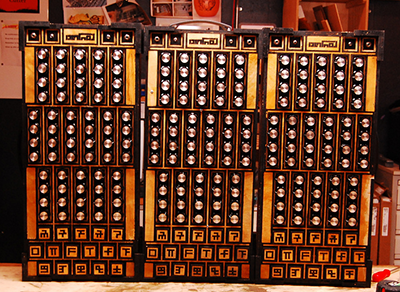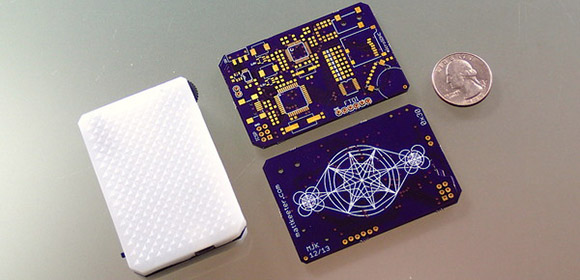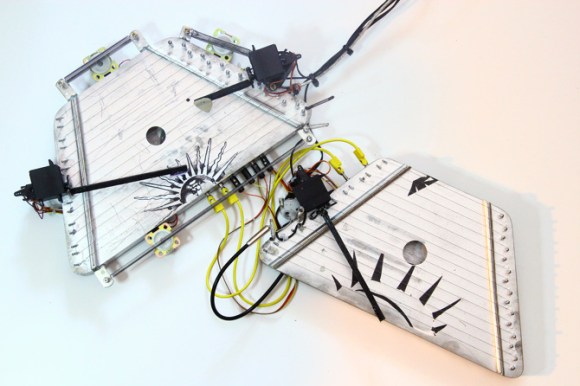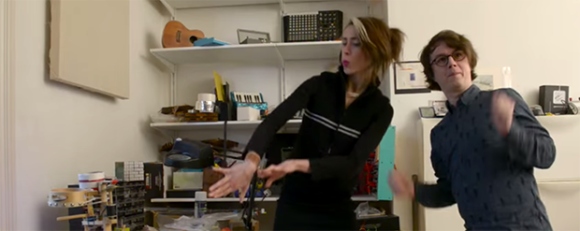
Last weekend wasn’t just about Maker Faire; in Stockholm there was another DIY festival celebrating the protocols that make electronic music possible. It’s MIDI Hack 2014, and [Kristian], [Michael], [Bram], and [Tobias] put together something really cool: a Lego sequencer
The system is set up on a translucent Lego base plate, suspended above a webcam that feeds into some OpenCV and Python goodness. From there, data is sent to Native Instruments Maschine. There’s a step sequencer using normal Lego bricks, a fader controlling beat delay, and a rotary encoder for reverb.
Despite being limited to studs and pegs, the short demo in the video below actually sounds good, with a lot of precision found in the faders and block-based rotary encoder. [Kristian] will be putting up the code and a few more details shortly. Hopefully there will be enough information to use different colored blocks in the step sequencer part of the build for different notes.

















